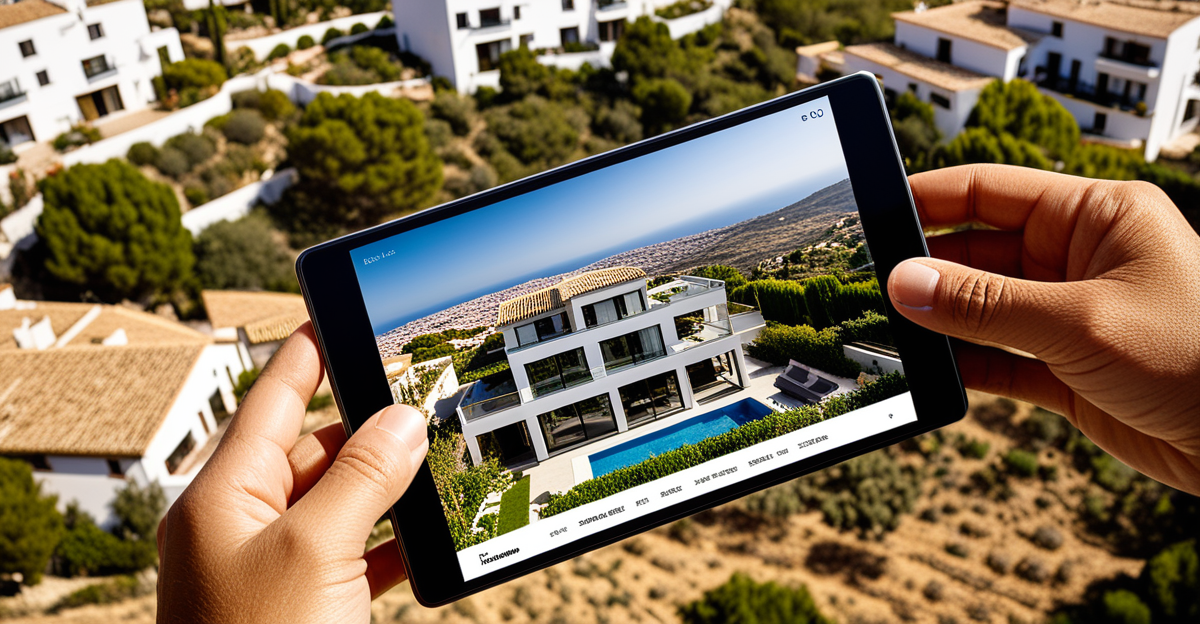Spain’s property market offers diverse options, from coastal villas to city apartments, attracting buyers worldwide. Lower living costs, improved transport links, and new visas make 2025 an ideal time to invest. Understanding legal rules, regional trends, and financing steps helps secure the best deal. This guide clarifies what to expect and how to navigate Spain’s evolving real estate landscape confidently.
How to Buy Property in Spain: Key Requirements, Process, and Regional Opportunities in 2025
Before you consider buying property in spain, it’s crucial to know the requirements and step-by-step process to secure your investment smoothly. Foreigners and non-residents can legally purchase property in Spain, yet you must obtain an NIE (Número de Identificación de Extranjero) to proceed. This identification number is necessary for contracts, paying taxes, and opening a local bank account.
Also to read : Key factors to weigh before investing in seaside holiday rentals in cornwall
Buyers are expected to pay between 10–15% extra on top of the asking price to cover taxes, notary fees, and registration costs. Ensure transparency by hiring a lawyer familiar with Spanish real estate law. The typical process involves searching for properties, making an offer, signing a deposit contract (Contrato de Arras), and finalizing the transaction in front of a notary.
Costa Blanca, Costa del Sol, and the Balearic and Canary Islands remain top choices among international buyers in 2025. These areas present a dynamic range of investments, from affordable apartments to luxury beach villas, with average budgets starting around £154,000. Price ranges, property types, and lifestyle vary across Spain, providing tailored opportunities to suit diverse buying goals.
In parallel : Discover eco-friendly savings: financial benefits for sustainable home building in northern ireland
Navigating Spain’s Property Markets, Financing, and Ownership Options
Evaluating Market Trends for 2025 and High-Demand Regions
Spain remains highly attractive for buyers, thanks to its affordable property prices, vibrant culture, and strong infrastructure. In 2025, inland cities and coastal regions such as Costa Blanca and Costa del Sol lead demand, with Torrevieja, Estepona, Villamartin, and Marbella consistently topping searches. Spanish islands, especially the Canary and Balearic Islands, also appeal due to their temperate climate and wide selection of villas. Construction is booming in areas like Alicante, where new developments are signaling strong confidence in future demand.
Comprehensive Breakdown of All Costs
Beyond the listed property price, expect additional costs:
- Purchase Taxes: Vary by region but typically total 8–10% for existing properties, 10% VAT for new builds.
- Notary, Registration, and Legal Fees: Combined can add 1–2.5% to your budget.
- Annual Property Taxes: Generally lower than UK council tax—expect local rates (IBI), non-resident income tax, and community fees.
- Other Expenses: Mortgage arrangement fees, property valuation, and insurance, all contribute to the final cost.
Mortgage and Financing Solutions for Foreigners and Non-Residents
Non-residents often secure Spanish mortgages covering 60–70% of property value. A minimum down payment of 30–40% is usually required. Documentation typically includes proof of income, credit checks, and official identification (like the NIE). Spanish and select international banks offer competitive rates, and the process, although sometimes lengthy, is increasingly streamlined for international buyers.
Property Search, Legal Due Diligence, and Investment Considerations
Exploring Spanish Property Portals and Local Agents
The most efficient way to browse homes, villas, and investment properties in Spain is through established property portals and licensed real estate agents. Platforms such as Idealista provide advanced search tools, letting you filter for features like beachfront locations, rural cottages, or urban flats. Local agents often have exclusive listings not found online and offer insights into market trends, neighborhood amenities, and legal documentation.
Comparing offers across regions, from Costa Blanca to the Balearic Islands, helps identify both bargain properties and areas with growth potential. To locate hidden gems, some buyers also consult municipal listings, word-of-mouth leads, or direct owner sales, particularly in less touristy provinces.
Legal Paperwork and Buyer Protections
Securing an NIE number is a primary administrative step—required for any non-resident transaction. Document checks should cover land registry records, unpaid debts, and compliance with local construction codes. Contracts (including the Contrato de Arras) should be thoroughly reviewed by a Spanish property lawyer. It is essential to verify that the property is free of liens, correctly registered, and that seller identity matches the deed.
Investment Tips for First-Time Buyers and Expats
Negotiating the purchase price—especially on older homes or when paying in cash—is common. Understanding community fees, property taxes, and recurring charges avoids future shock. Newcomers benefit from a detailed inspection checklist covering utilities, structural integrity, and local regulations. Long-term, consider property management services for rentals and explore regional investment trends for sustained value growth.

